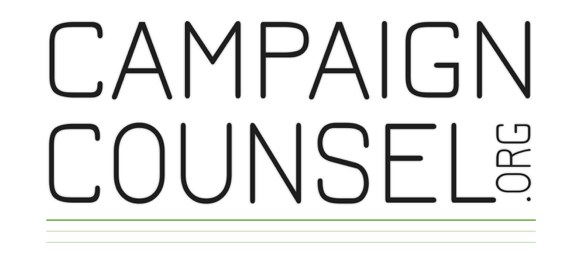Ask The Expert: Can We Use That Donor List? Yes, And Here’s How to Do It Right
Dear Melissa: I am a member of a capital campaign committee. I have concerns about using another local nonprofit’s donor list as a source for potential capital campaign donors. Our organizations are great partners in our community. They also have a large campaign ahead of them and we all want them to succeed. I worry that we risk our relationship as a trusting community partner by using the list. What do you think?
Answer: If you’ve ever flinched at the idea of using another organization’s public donor list to inspire your own prospecting, you’re not alone. The hesitation is real—especially in tight-knit communities where nonprofits often collaborate, share board members, and even support each other’s campaigns.
Recently, I sat in on a conversation among nonprofit leaders debating this very question: Is it ethical—or even wise—to use a publicly posted donor list from a local organization to inform capital campaign prospecting? One side worried it would feel adversarial, risking a longstanding partnership. The other believed it was not only ethical but essential to a successful campaign.
Both sides were right—in their own way.
Here’s how to navigate this delicate issue with clarity, confidence, and class.
1. Yes, It’s Ethical to Use Public Donor Lists
If a nonprofit publishes donor names in an annual report, on a website, or on a campaign donor wall, they are sharing that information publicly. That means it’s fair game to look, learn, and take notes. These lists can reveal who in your community has both capacity and a demonstrated philanthropic interest.
Ethical prospect research relies on publicly available information. What matters most is how you use it.
2. Your Intent Matters
You’re not “stealing donors.” You’re identifying people who might also care about your mission. Donors aren’t owned—they’re people with values and choices. Most major donors support multiple causes. If someone chooses to support the library, the children’s museum, and the local hospital, that’s a reflection of their generous spirit—and a win for everyone.
Approach these individuals as community-minded citizens. Your campaign simply offers another meaningful way to invest in the place they call home.
3. Be Thoughtful About Perception
Just because something is ethical doesn’t mean it won’t ruffle feathers. Some nonprofit leaders hold a scarcity mindset—they worry there’s not enough donor support to go around. And yes, some may feel protective of their donor list, especially during a capital campaign.
You don’t have to announce whose lists you’re reviewing. And you certainly don’t have to copy-and-paste names into your database. Instead, use these lists to generate ideas, spot potential philanthropic patterns, and identify community leaders with demonstrated giving behavior.
Then take it further: research connections, ask your board who they know, and approach potential donors with warmth and respect. There is much work to be done between appearing on a list and a personal campaign solicitation.
4. Don’t Assume the Answer Is “No”
One of the most powerful reminders from that committee conversation was this: Don’t assume a donor’s answer before you’ve even asked. Some individuals may have already given to another campaign—but that doesn’t mean they’re tapped out. If they care about your cause, they’ll find a way to support it too.
If they are tapped out or they only want to support one organization in the community, give them the chance to tell you that.
As one leader put it, “Our project is important. We shouldn’t hesitate to bring people on board, even if they do also support other nonprofits.”
5. This Isn’t Competition—It’s a Shared Vision
In vibrant communities, multiple nonprofits are doing essential work. Your job is to help people see how your mission contributes to the whole. And sometimes, the very people who give elsewhere are your best prospects—because they already believe in building a stronger, more inclusive, more inspired place to live.
You can still be a trusted community partner while confidently pursuing your campaign goals.
Final Thought
In capital campaigns, we need every tool available to find the people who care about what we do. Using publicly available donor lists is not only fair game—it’s a smart, strategic move. The key is how you do it: with respect, care, and an eye toward building lasting relationships. Let’s stop apologizing for doing thoughtful, ethical research. Let’s start giving our campaigns every chance to succeed—by asking boldly, listening well, and trusting that our donors are capable of deciding what matters to them.
So, the next time you find yourself hesitating, take a deep breath—and open the list.
Click here to Learn Three Things From America's Favorite Charities about donor motivations. Or contact us to discuss your capital campaign.
Melissa Sais is a CampaignCounsel.org vice president and partner.





